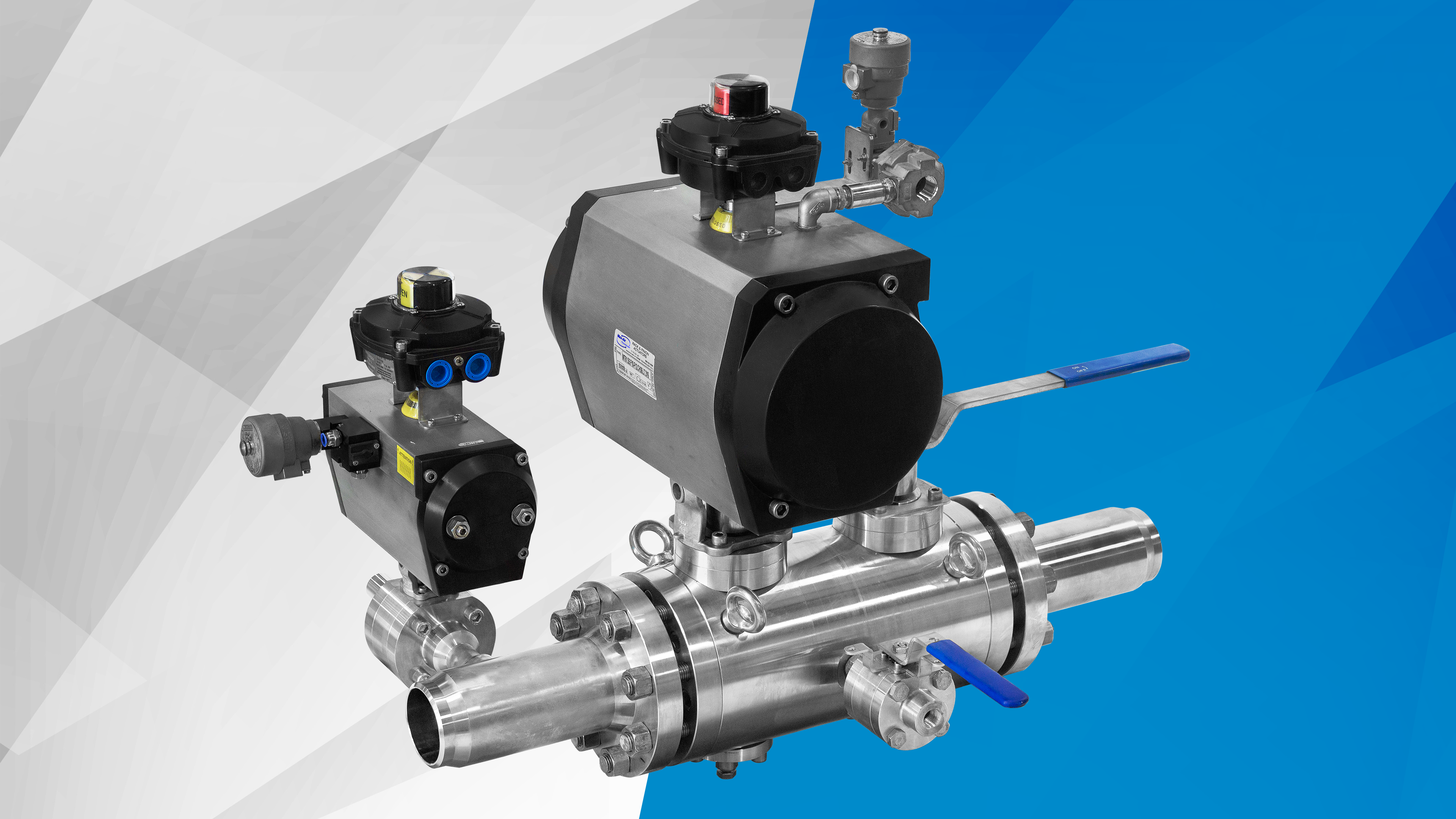What is a Double Block & Bleed Valve?
A double block and bleed (DBB) valve is a type of industrial valve that provides two isolation barriers and a means of venting or bleeding the cavity between the barriers. This configuration is designed to enhance safety and simplify maintenance procedures in fluid or gas systems.
The main components of a double block and bleed valve typically include two block valves and a bleed (or vent) valve:
- Block Valves: These are the primary isolation valves. There are two of them in a double block and bleed valve. These valves can be closed to isolate a section of the pipeline or system.
- Bleed (Vent) Valve: This valve is situated between the two block valves. It is used to release or bleed the fluid or gas trapped between the two block valves. This ensures that any residual pressure is safely vented before maintenance activities.
The key benefits of a double block and bleed valve include:
- Enhanced Safety: By providing two separate barriers, a DBB valve reduces the risk of leakage or cross-contamination between different sections of a pipeline.
- Simplified Maintenance: The bleed valve allows for venting of the trapped fluid or gas, making it easier and safer to perform maintenance activities on the isolated section of the system.
- Space and Weight Savings: Compared to using multiple single valves and associated piping, a DBB valve can save space and reduce the overall weight of the system.
Double block and bleed valves are commonly used in industries such as oil and gas, petrochemical, and chemical processing where the isolation of fluids or gases is critical for safety and operational integrity. They are often employed in applications where a single point for isolation and venting is more convenient than multiple valves and fittings.

Custom DBBV Valves from our
premium valve brand Sesto Valves.

Max-Air Technology is here to support
your flow control needs.








